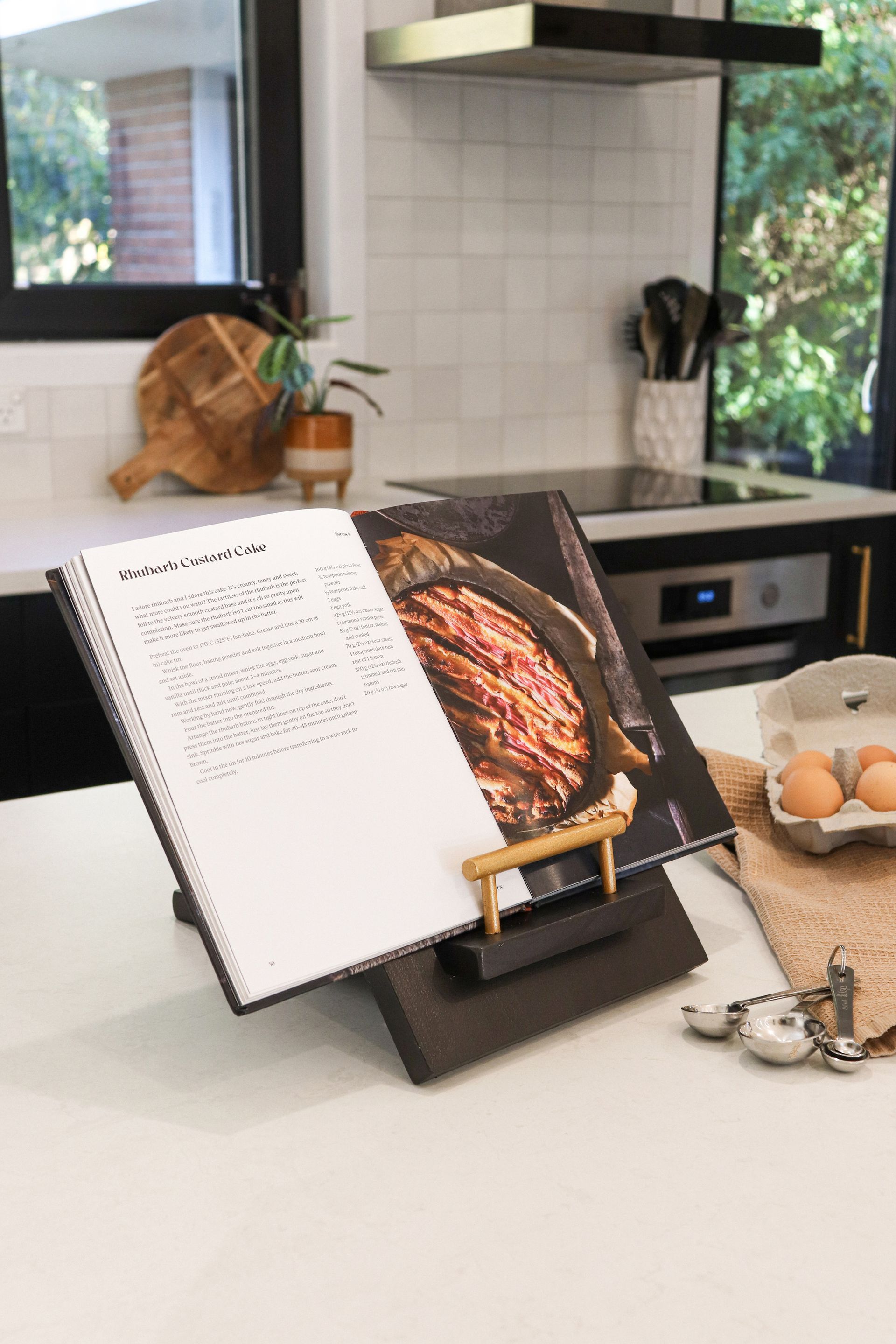Everyone has a view about what should be taught in history, how it should be taught and why it’s important. Thinking back to my own experiences, I remember learning facts for the exam and struggling to see their relevance. I remember my lack of connection with my own country and, looking back, feel sad that I knew so little about the history of Aotearoa, especially from a Māori perspective. Now I understand that we all experience our histories differently.
The clamour for more history to be taught in our schools has led to the current development of a new curriculum. From 2022 onwards, Aotearoa New Zealand’s histories will focus on all the people that live here and encourage schools to also reflect their local community history. The curriculum in its draft form explores which parts of histories have to be included. It will consider the languages, identities, cultures and wellbeing in societies and encourages learners to participate and take action as critical, informed and responsible citizens. This focus on citizenship and making connections is designed in three elements of histories curriculum content: Understand, Know and Do. It places more importance on NZ histories, local context and multiple views telling their stories. We have moved from history as fact to histories as world views. This focus on multiple perspectives is not unique to histories but is apparent in more of our learning environments and our businesses. It is important for teachers and parents to encourage young people to consider other people’s viewpoints, to step into other people’s shoes and debate alternative approaches and ideas. The ability to think critically and creatively is something we all benefit from.
Our NZ curriculum is not prescriptive but it does offer clear guidance. In the next few years the curriculum refresh will unfold in other areas to continue ensuring it is fit for purpose and will meet our needs into the future.
A wider perspective is something we should encompass in all we do. When we are too narrowly focused we develop echo chambers where we only interact with people and ideas that we agree with or that make us feel comfortable. This can lead to polarization which is fed by the algorithms that we use in our internet searches and social media. Social sciences and philosophies are increasingly valued by schools and employers in recognition of the interconnected world we live in.
When we look back in history our current world shapes our perceptions of that past. Things may seem odd or bring out strong emotions about how history has unfolded. Rather than trying to cancel out history we can consider why things happened and the world views of the time and use it as a chance to provoke thinking about today’s world and the world we want to create in the future.
We may feel a sense of loss in the changing nature of what is taught in our schools but new times require new approaches. In order to make sense of an increasingly complex world we need to keep open mind-sets and challenge assumptions. This starts with us understanding the histories that have shaped our lives and this understanding will in turn shape the way in which we step into the future. Learning is not left to chance but it may look different. Some may disagree – great, let’s have a conversation.
Dr Cheryl Doig is a leadership futurist who follows leadership trends and research and translates these into practice, working internationally and virtually with organisations, business leaders and educators.
Her passion is for challenging organisations to think differently in order to adapt to a changing future – to think beyond their current leadership realities, while still using the best of the past.
Dr Chris Jansen is a director and senior consultant with Leadership Lab and works alongside organisations in the education, health, business and community sectors on a range of projects. Chris is also a senior lecturer at the University of Canterbury, where he teaches the Master of Business Administration and Postgraduate Diploma of Strategic Leadership.
Recent stories






